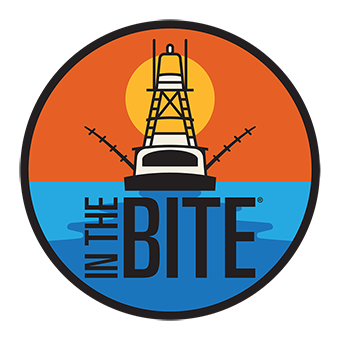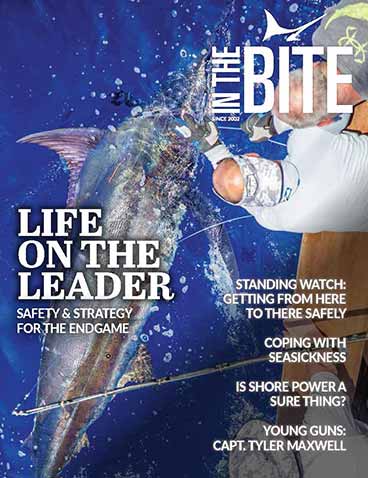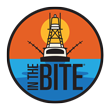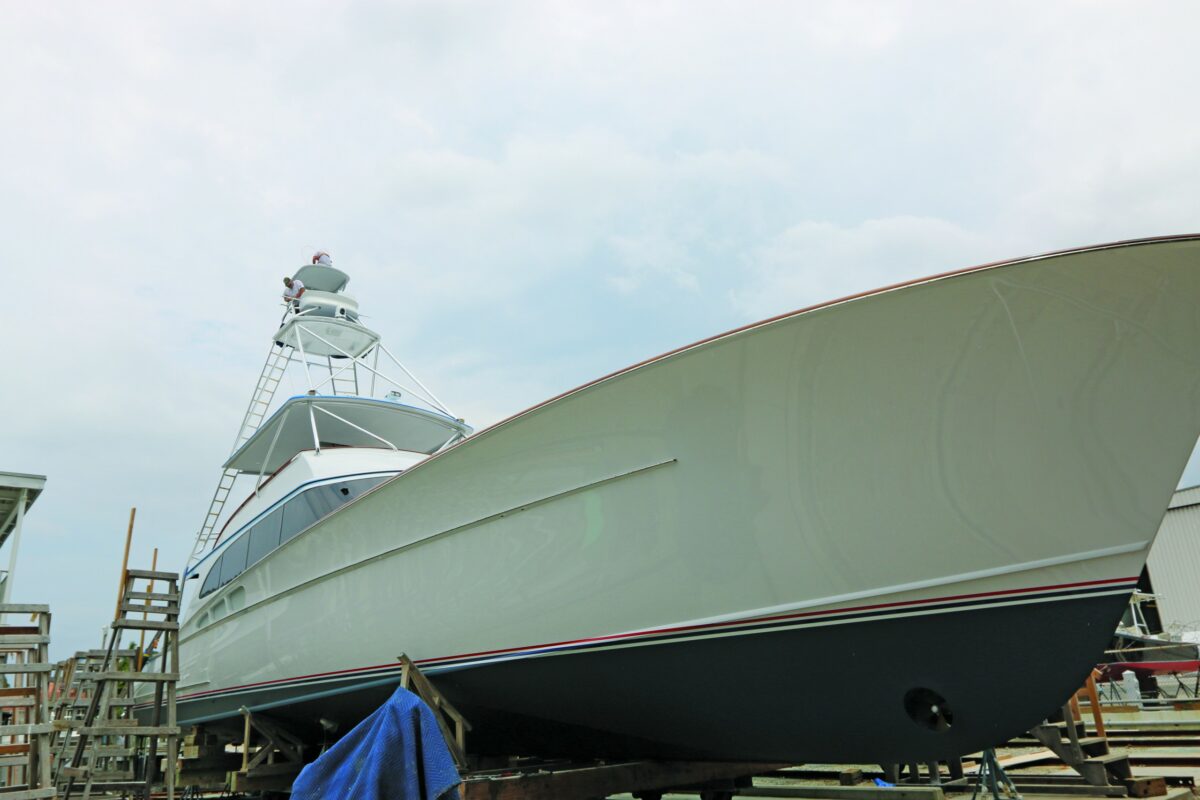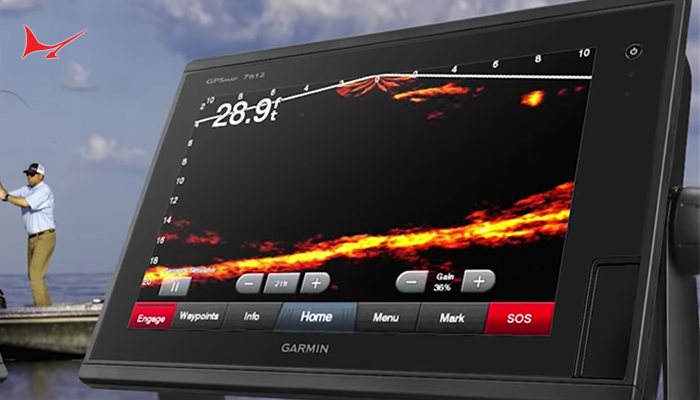Airmar Celebrates 40th Anniversary as Leader in Ultrasonic Tech
MILFORD, NH. (February 4, 2022) AIRMAR® Technology Corporation is celebrating its 40th anniversary as a world leader in the design, development and manufacture of groundbreaking ultrasonic transducers and sensor technology. Since its inception in 1982 by founder & President Stephen Boucher, Airmar has grown from a niche transducer business to a distinguished forerunner
